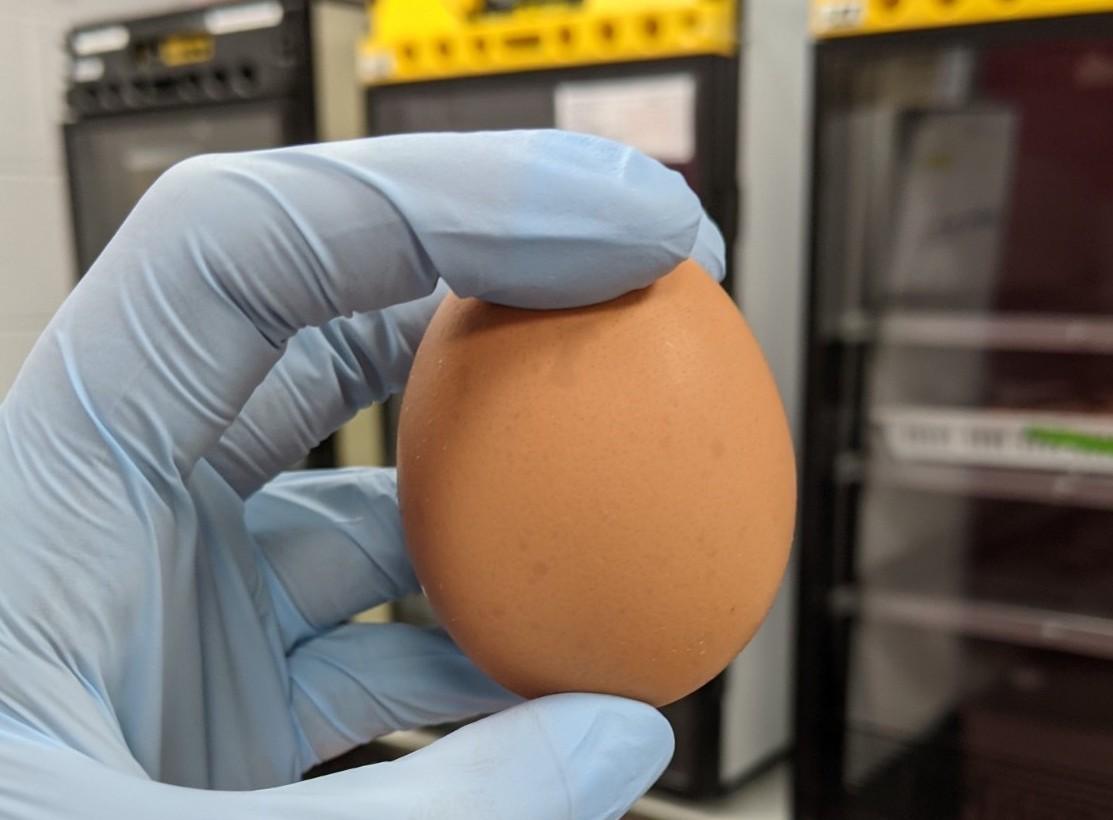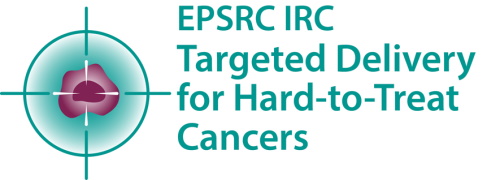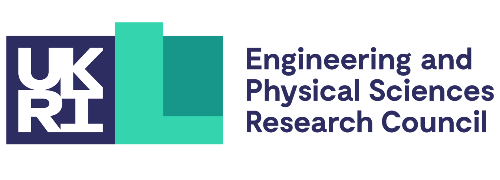
Submitted by L. Millard on Wed, 25/05/2022 - 08:58
The IRC is collaborating with the University of Liverpool where scientists have developed a new preclinical model of mesothelioma to help speed up the journey of therapeutics from lab to clinic.
The IRC programme aims to develop new technologies to effectively deliver drugs for the treatment of three hard-to-treat cancers: mesothelioma, pancreatic cancer and glioblastoma. The goal of the new partnership with the University of Liverpool is to test these technologies in a novel model of vascularised three-dimensional tumours that is rapid and cost-effective, as part of the pathway to speed up the journey to clinic. The University of Liverpool Shared Research Facilities managed through LIV-SRF recently established a Chick Egg Facility that provides the expertise and equipment for these experiments to be carried out. The initial focus is mesothelioma, but the hen’s egg model can also be used for pancreatic cancer and glioblastoma.
We collaborate with scientists at Mesobank – the UK’s largest collection of tissues, cells and blood samples from pleural mesothelioma patients – who are part of the IRC programme, and were invited to talk about our new preclinical model at a virtual research event hosted by Asthma and Lung UK for the mesothelioma research community. This led to discussions with some of the IRC team who are developing new ways to target delivery in hard-to-treat cancers, including mesothelioma Professor Judy Coulson, University of Liverpool
The University of Liverpool has established expertise in using hen’s eggs to grow cancer cells as three-dimensional vascularised tumours, which can reduce or replace the use of mouse models, through the work of Dr Anne Herrmann. The research group in the Institute of Systems, Molecular and Integrative Biology at the University of Liverpool led by Professor Judy Coulson, recently used this technique to develop a new preclinical model of mesothelioma, with support from the National Centre for the Replacement Refinement and Reduction of Animals in Research (NC3Rs).
Professor Coulson said: “We collaborate with scientists at Mesobank – the UK’s largest collection of tissues, cells and blood samples from pleural mesothelioma patients – who are part of the IRC programme, and were invited to talk about our new preclinical model at a virtual research event hosted by Asthma and Lung UK for the mesothelioma research community. This led to discussions with some of the IRC team who are developing new ways to target delivery in hard-to-treat cancers, including mesothelioma.”
Cheryl Routley, Research Networks & Partnerships Manager (Asthma + Lung UK) said: “It is great to see that the mesothelioma research community across the UK has come together and collaborated to produce new models for mesothelioma. We are grateful for funding from the Victor Dahdaleh Foundation that has enabled us to support researchers in mesothelioma to work together more effectively.”
This new collaboration involves scientists at the University of Cambridge who, as part of the IRC, are developing ways of using nanotechnology to enhance delivery of existing drugs or new therapies. These approaches include use of injected or topical treatments for which the hen’s egg chorioallantoic membrane (CAM) model provides an ideal platform. IRC researchers will send their developmental agents for evaluation by the University of Liverpool team (Prof Judy Coulson, Dr Joe Sacco and Dr Sarah Barnett) and Dr Barnett will use the hen’s egg model of mesothelioma to test how the drugs are delivered into the tumours, as well as their effects on the cancer and other cells within the tumour.
“We are delighted to be invited to join the IRC partnership and collaborate on this exciting project. The collaboration highlights the unique attraction of the University of Liverpool Shared Research Facilities, including our newly established Chick Egg Facility, that enable this work. In turn, the partnership will allow our team to establish the broader utility of a new hen’s egg CAM preclinical model that we have developed for mesothelioma,” said Professor Coulson.
Through the IRC partnership and support from the University of Liverpool, Dr Sarah Barnett has been appointed as the Facility Manager. In addition, other LIV-SRF facilities allow the research team to monitor the response of tumours to treatment within the hen’s egg CAM model in real-time, using preclinical imaging, as well as at the end of the experiment using histological techniques.


